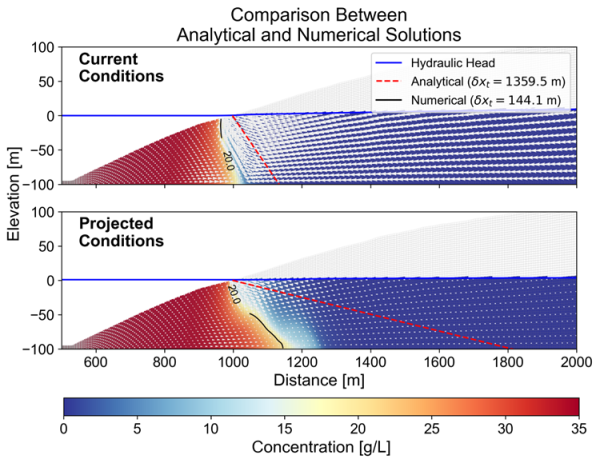SES Expands Research Computing Resources

The School of Earth Sciences has made a significant investment in our students' and researchers’ computational capabilities by purchasing dedicated high-performance computing resources within the College of Arts and Sciences Unity computing cluster. This investment includes both a powerful compute node and dedicated data storage space exclusively for use by our students and postdocs. By providing students and postdoctoral researchers with priority access to these advanced computing resources, we're eliminating traditional barriers to computational research and ensuring our students can pursue ambitious research projects without competing for general computing resources. Whether they're processing large geospatial datasets, running complex climate models, or analyzing seismic data, our students now have the computational tools they need at their fingertips. This investment reflects our commitment to preparing the next generation of earth scientists with the technical skills and resources they need to tackle tomorrow's scientific challenges.
Dr. Daniel Gonzalez Duque, a postdoctoral scientist, is using Unity to study saltwater intrusion in coastal aquifers. He shared, “The Unity cluster is instrumental in our current project. We are studying coastal saltwater intrusion under sea level rise and climate change. To achieve a reasonable uncertainty analysis, we must run thousands of complex numerical simulations (like the one below) exploring a wide range of parameters. This work would not have been possible without the help of the Unity Cluster. For perspective, we are currently running 315,000 simulations, which would take on the order of 2 years on a traditional workstation. In Unity, we can schedule batches of 7,000 simulations that start running as the resources in the cluster become available; in a way, it is like having multiple workstations working simultaneously. For this specific project, we will be able to run all 315,000 simulations in just over 2 months.”

Contributed by Casey Saup, Brent Curtiss, and Daniel Gonzalez Duque
